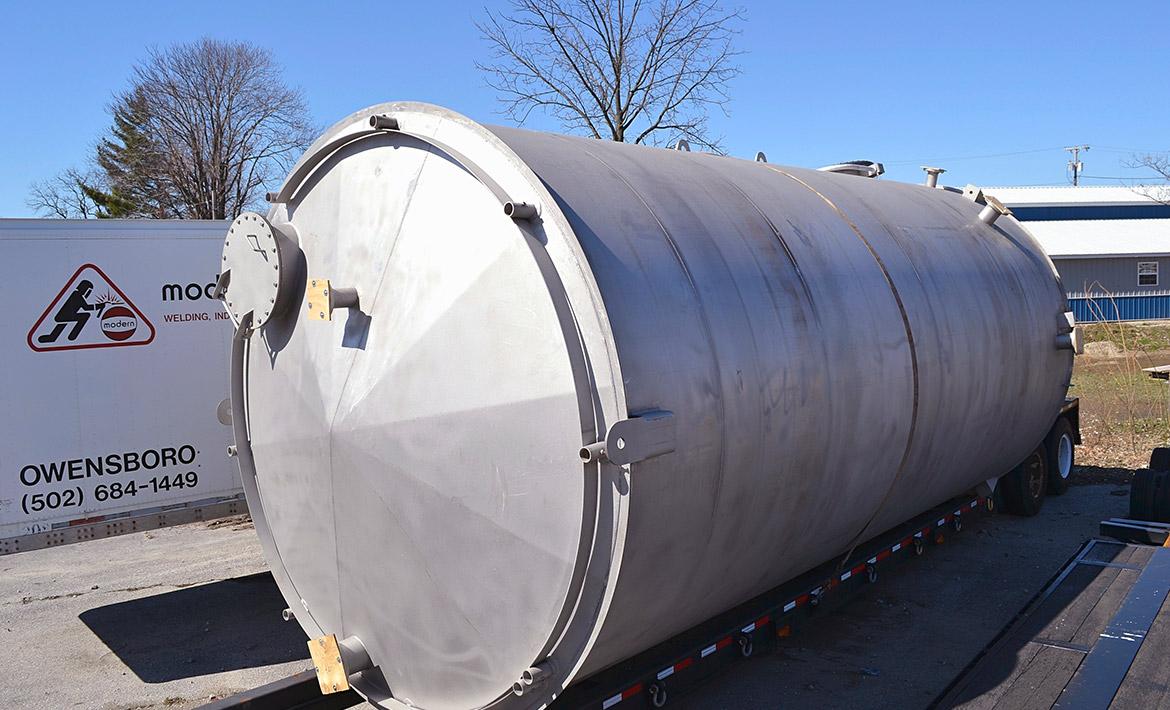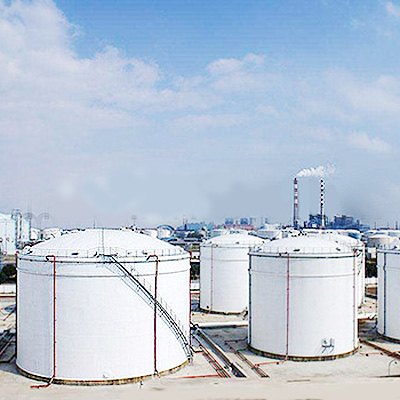The Advantages of Welding Inspection for Enhanced Safety And Security and Efficiency
Welding assessments are necessary for making sure that structures meet stringent sector criteria. They play an important function in identifying defects early, therefore boosting security and decreasing the risk of tragic failings. Additionally, these inspections can bring about considerable cost financial savings by stopping costly fixings and downtime. As companies aim for better performance and reliability, the relevance of a robust inspection process can not be overemphasized. What various other benefits might arise from a commitment to detailed welding assessments?
Guaranteeing Conformity With Industry Requirements
Ensuring conformity with industry criteria is vital for keeping high quality and safety and security in welding jobs. Sticking to well established protocols not only shields workers however also improves the durability and performance of the end product. Welding examinations carried out at numerous stages of the process assistance determine any variances from these criteria, enabling timely rehabilitative activities. This positive strategy reduces the danger of failings that could result from substandard workmanship.
Compliance with market requirements cultivates trust among stakeholders, including clients, regulative bodies, and the labor force. It symbolizes a dedication to excellence and accountable techniques, which can lead to increased company chances and an affordable side in the market - API 650 Welding Inspection. Regular evaluations likewise ensure that products and strategies used line up with the current technical innovations and safety policies. Eventually, adherence to market criteria is not just a governing need yet a foundation of high quality assurance in welding jobs
Enhancing Security With Early Detection of Problems
While the primary goal of welding inspections frequently fixates conformity, they play a crucial duty in improving security by allowing the early discovery of issues. Recognizing problems such as insufficient combination, fractures, or porosity during inspections can substantially minimize the danger of devastating failures. Early discovery permits for timely interventions, making certain that damaged welds do not jeopardize structural honesty.
In addition, systematic examinations promote a culture of security within organizations by stressing the significance of quality assurance. This positive approach not just protects workers but additionally safeguards the surrounding atmosphere. Regular assessments can expose trends in flaw occurrence, enabling for adjustments in welding methods and training programs to resolve underlying problems.
Subsequently, welding evaluations work as a critical secure, bolstering general safety and security and performance by determining defects prior to they escalate into serious threats. This dedication to top quality straight adds to the long life and reliability of welded structures.
Lowering Expenses by Stopping Failings
By implementing complete welding assessments, organizations can successfully lower prices connected with failings and revamp. The aggressive identification of problems throughout the welding process reduces the risk of catastrophic failures that can bring about pricey repair work or substitutes. Early detection permits timely interventions, which avoids the acceleration of small issues right into major troubles that strain spending plans and sources. In addition, by making sure that welds satisfy defined standards, organizations can stay clear of delays in job timelines triggered by the need for extensive rework or special info added assessments later while doing so. This not just conserves money but also enhances functional performance. Furthermore, an online reputation for high quality handiwork can bring about increased client complete satisfaction and repeat business, further adding to economic security. On the whole, spending in welding inspections is a critical technique that fosters cost savings while safeguarding the integrity of bonded structures.
Improving Performance and Longevity of Frameworks


Welding inspections play a crucial role in boosting the performance and long life of structures, as they confirm that welds are performed to the highest possible criteria. By determining flaws early in the welding process, inspections stop weak points that might endanger structural stability. This aggressive approach guarantees that the products utilized satisfy called for specifications, therefore optimizing their load-bearing capacity and durability.
Consistent surveillance of welding techniques contributes to the overall high quality of construction projects. The potential for exhaustion and failure over time is considerably decreased when welds are confirmed for conformity with sector standards. Structures that are developed with correctly evaluated welds are likely to experience less upkeep concerns and boosted resilience.
Ultimately, strenuous welding examinations not only boost the immediate efficiency of a framework but additionally extend its functional life expectancy, supplying lasting worth to both contractors and end-users alike.
Promoting a Culture of High Quality and Dependability
A dedication to quality and reliability in welding methods greatly contributes to the overall success of construction projects. They promote a culture that encourages directory meticulous interest to information and adherence to industry standards when companies prioritize these worths. This society not just boosts the ability degree of welders however also advertises responsibility and teamwork among all stakeholders associated with the job.

Regular welding examinations act as a cornerstone in this cultural change, reinforcing the importance of consistent performance and precaution (API 650 Welding Inspection). By applying strenuous inspection procedures, firms can determine prospective problems early, mitigating risks and avoiding pricey rework. In addition, a concentrate on quality and integrity imparts confidence amongst companions and clients, leading to more powerful relationships and improved track records
Ultimately, promoting a society of top quality and dependability in welding practices not just elevates task end results but additionally assures long-lasting sustainability and success in the construction sector.
Often Asked Inquiries
What Credentials Should a Welding Examiner Have?
A welding examiner should possess pertinent qualifications, such as AWS CWI or CSWIP. Furthermore, they need to have experience in metallurgy, welding processes, and inspection methods, along with strong logical skills and attention to detail for effective assessments.

How Usually Should Welding Inspections Be Performed?
Welding examinations must be carried out regularly, preferably after each considerable phase of the welding procedure. Furthermore, regular assessments must take place based on task needs, service conditions, and regulative standards to assure continuous quality and security.
What Devices Are Used During Welding Inspections?
Welding examinations use various devices, consisting of ultrasonic find out testers, magnetic particle testers, aesthetic inspection devices, and radiographic devices. Each device serves a details objective, making certain weld high quality and architectural stability with thorough exam and evaluation.
Can Welding Inspections Be Executed Remotely?
Welding inspections can undoubtedly be done remotely using sophisticated technologies such as drones and specialized video cameras. These tools enable examiners to evaluate welding high quality and integrity from a distance, boosting effectiveness and safety and security in different environments.
What Are the Typical Sorts Of Welding Issues?
Common kinds of welding issues include porosity, cracks, insufficient fusion, undercutting, and slag inclusion. These flaws can jeopardize the stability and toughness of welds, resulting in possible failures in structural applications otherwise resolved correctly.
Welding examinations are crucial for ensuring that structures meet strict market criteria. Welding inspections carried out at various stages of the procedure help recognize any inconsistencies from these criteria, allowing timely rehabilitative activities. Welding assessments play a vital role in boosting the efficiency and longevity of frameworks, as they validate that welds are executed to the greatest requirements. Welding inspections should be carried out regularly, ideally after each significant stage of the welding process. API 650 Welding Inspection. Welding inspections utilize numerous devices, including ultrasonic testers, magnetic fragment testers, aesthetic evaluation tools, and radiographic equipment